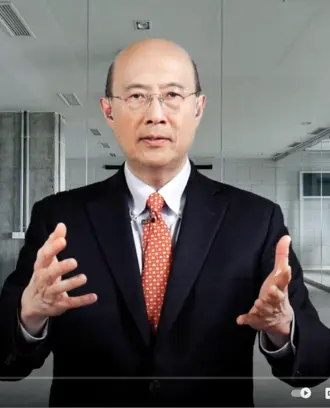CAMBRIDGE, Mass., Oct. 2017––When two-car households increase the fuel economy of one car, they are more likely to purchase a less fuel-efficient second vehicle, according to a recent study by MIT Sloan School of Management Prof. Christopher Knittel. This could impact the effectiveness of regulations aimed at improving miles per gallon, as policies that increase the fuel economy of one car lead households to buy a less fuel efficient second car and to drive more miles overall, eroding over 60% of the fuel savings of the first car.
“When economists think about consumer behavior for durable goods like cars and TVs, we treat that decision independent from the other items in the household. This study underscores that we shouldn’t do that. We found that changes in the fuel economy and features of one car affects the features of the household’s second car,” explains Knittel, noting that the second car tends to be replaced with a less fuel-efficient vehicle. “In other words, if you already own a hybrid, you may be more likely to replace your other car with an SUV.”
In the study, Knittel and his colleagues analyzed data from the California Department of Motor Vehicles for two-car households over a period of five years. They looked at how the fuel economy of a newly-added vehicle depends on the fuel economy of the vehicle already held by the household and showed the implication of this dependence.
The study found that when fuel economy of the first car increased by 10 percent, the efficiency of the second car replaced in the same household increased by five percent. “So, half the fuel economy gain in the first car is eroded by buying a less fuel efficient second car,” says Knittel.
Additionally, the study found that because increasing the fuel economy of one of the cars in a household leads the household to drive more miles overall, the benefit of the increase in fuel economy was further reduced. In the end, 60 percent of the gas savings from improving the fuel economy of the first vehicle were eroded after the purchase of the second car.
This research has important policy implications, as many programs incentivize the purchase of fuel-efficient automobiles. For example, the federal government’s Cash-for-Clunkers program in 2008 effectively led to the purchase of many fuel-efficient vehicles. “However, when those consumers then needed to replace their other car – and the financial incentive was no longer in place -- they purchased less fuel-efficient cars. Consequently, consumer incentives need to be ongoing if they are to be effective at influencing consumer’s interest in prioritizing fuel economy over increased size or additional bells and whistles when purchasing a second car,” says Knittel.
“Instead of short-term incentives, it would be more effective to implement a fuel economy standard that gets tighter over time or a permanent gasoline or carbon tax, because we know people respond to gas prices.”
Knittel is the George P. Shultz Professor of Applied Economics and Director of the Center for Energy and Environmental Policy Research. He is also the coauthor of, “Attribute Substitution in Household Vehicle Portfolios.”
About the MIT Sloan School of Management
The MIT Sloan School of Management is where smart, independent leaders come together to solve problems, create new organizations, and improve the world. Learn more at mitsloan.mit.edu.



